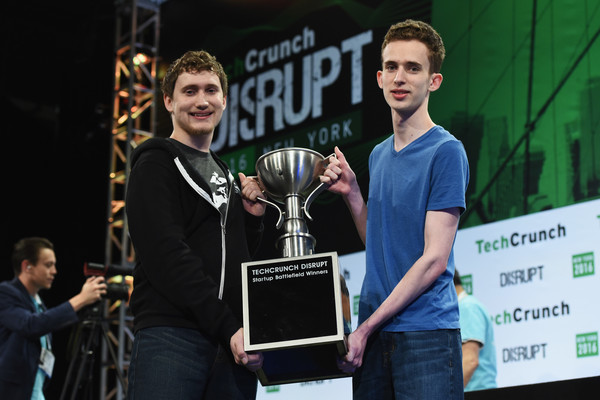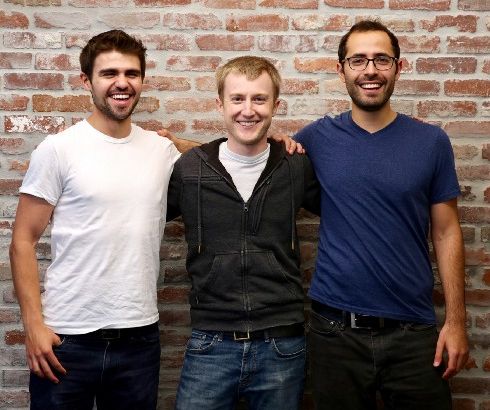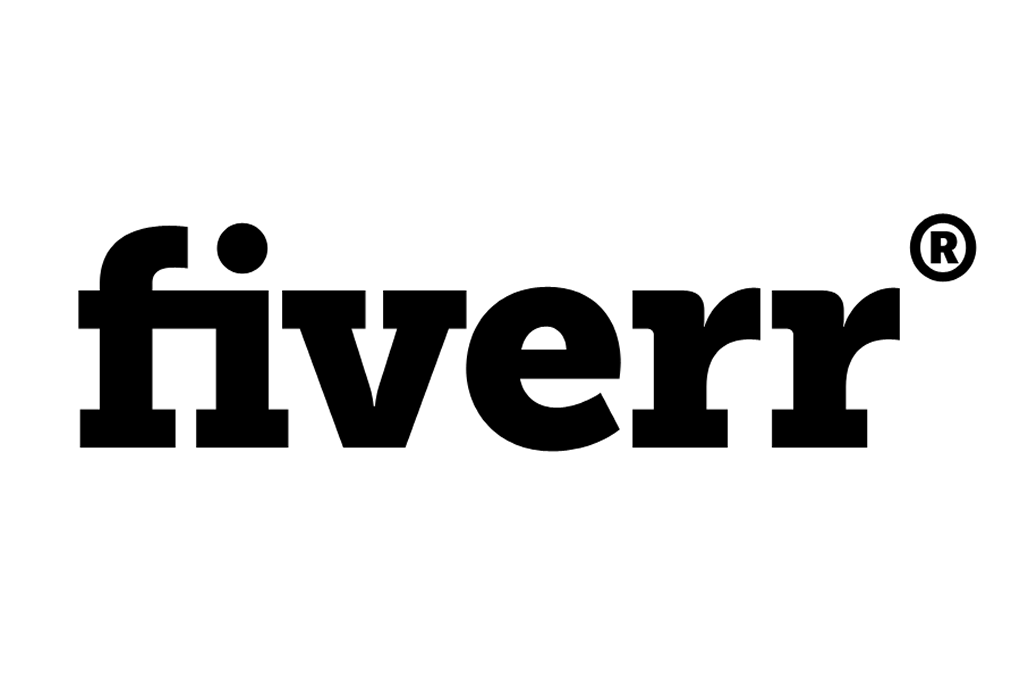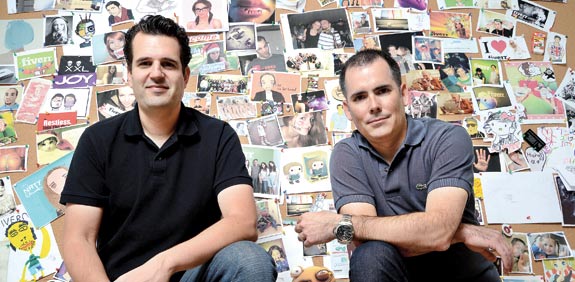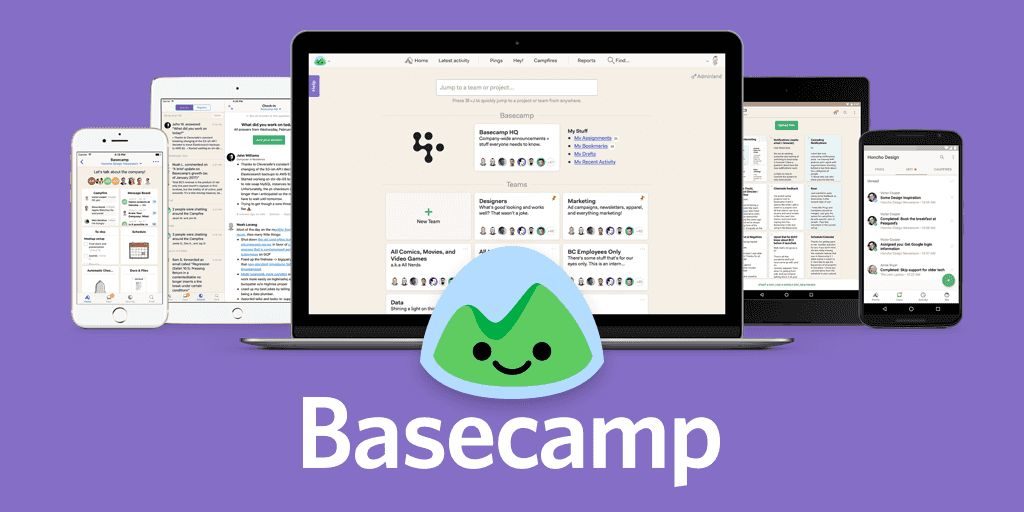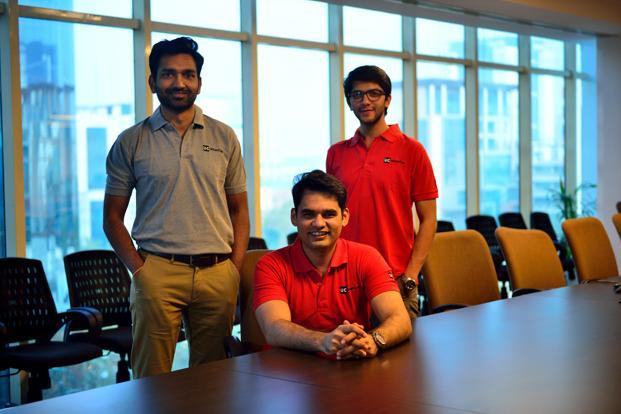Robinhood : The Platform that is Democratizing American Financial System
Stock exchange and cryptocurrencies, both have proved to be the most beneficial financial industries, where people can invest and earn. But, it has always been tough for people to understand the whole process and make their investment wisely. Using some of the eCommerce platforms costs a big amount, and most of the time does not help the way it should do. This had always been the pain point, and the 2008 financial crisis also became the reasons for the two U.S. based immigrants, Vladimir Tenev and Baiju Bhatt, to work on a new platform that would allow users to buy and sell shares free of charge. The platform that they created is Robinhood.
Early Life
Vladimir Tenev was born in Bulgaria, in 1987. At the time, his father was studying at the University of Delaware, the U.S. After one year, when Tenev was four, he moved to the U.S. to live with his parents. He spent most of his childhood in Virginia, and later, moved to the Bay Area. The family was quite drawn towards studies, and Tenev himself loved to study maths and science.
In 2004, Tenev joined Stanford University, where he met his future co-founder Baiju Bhatt. Both had opted for physics and maths as their degree’s majors. Bhatt is also an immigrant from India. The two shared a common interest, i.e. maths, that helped in building the bond between the two, stronger.
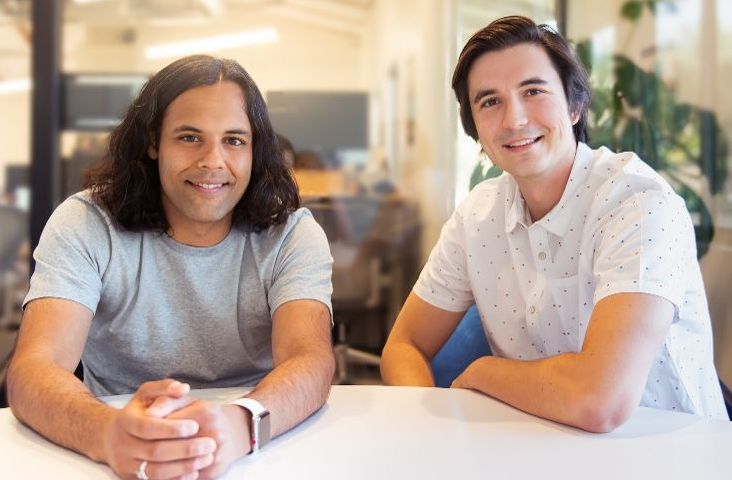
After graduating from the Standford University, Bhatt joined a finance firm as his first job in San Fransisco, whereas Tenev joined UCLA to complete a PhD in Mathematics. While working at the financial firm, Bhatt realized that there was a great business opportunity in hedge funds.
Entering into Entrepreneurship & Founding Robinhood
So the two started their first venture, Chronos Research, in 2011 and got a small apartment in San Fransisco, where they started working on their project. The business they started offered tools for hedge funds and banks to build automated trading strategies. While working for their first joint venture, the famous 2008 financial crisis took place. The Lehman Brothers went under, and the market got collapsed.
The financial crisis inspired the two to move to New York City and find a better solution for share market trading. Their joint venture was the first step for their new startup Robinhood. Thus, they brought their existing technology to the retail brokerage market and started Robinhood in 2013.
Being the Millenials, they knew that smartphones will play the prime role for their new ventures, so they worked on different layouts of a mobile app for the platform, and sent it for the regulatory approvals. Before the app, they launched their website, that would do the same work as the app. They wrote “commission-free trading, stop paying up to $10 per trade” on the front page of the app, and worked on a waitlist, that would show people their position among other traders.
The Biggest Turning Point
The waitlist got Robinhood a mention in the Hacker News, that too at third after news on China moon mission and Google in a single day. The specifying in Hacker News got the company its first maximum traffic. After one day, Robinhood had its press lunch, following which, the platform got 10,000 signups, and in the next week, the signup reached 50,000. The company offered free membership to the users for their sign-ups. It only charged the users with a monthly fee instead of charging a particular fee on every single transaction.
The next task was to get the investors on board. The company raised $3 million in its seed round, led by Index, Google Ventures, Andreessen Horowitz, after pitching their startup in front of about 75 investors. Even before the company launched an official app, it had gained over 1 million signups, in the first year of its launch. After a year and a half, the company launched its app in March 2015. The Robinhood app offered the easiest interface for the users, such that it got most of the users under the age of 35.
The app has helped people to recover 90 per cent of their investment in the trade market, which is impossible with the traditional method. By the beginning of 2017, the platform had carried out the transactions of over $30 billion. In April the same year, the company raised another $110 million through a funding round led by DST Globa that made the company value at $1.3 billion.
The next year, on January 25th the company started to trade in cryptocurrency and announced a commission-free waitlist for the users from California, Massachusetts, Missouri, and Montana. By the end of the day, the waitlist had over 1,250,000 names registered. In May 2018, Robinhood raised $363 million Series D financing round led by DST Global and valued at $5.6 billion.
The Company Today
The company partnered with the Ohio-based Sutton Bank, such that to provide its users with checking and savings accounts as well as debit cards. The company raised an additional $200 million in a round of funding in 2019, that has led the company to value between in the $7 billion to $10 billion.
The company is registered with the U.S. Securities and Exchange Commission and headquartered in Menlo Park, California. Before 2019, the company’s primary source of revenue was from payment for order flow, but now, the source of revenue has been changed. The company earns its revenue from the interest earned on customers’ cash balances and margin lending.
Currently, the two co-founders are serving the company as the co-CEOs. Tenev was named among ‘30 Under 30’ in 2016, by Forbes. Robinhood became the first financial app to receive an Apple Design Award and was also listed among the top US FinTech startups of 2015 and various other rankings.

Yashica is a Software Engineer turned Content Writer, who loves to write on social causes and expertise in writing technical stuff. She loves to watch movies and explore new places. She believes that you need to live once before you die. So experimenting with her life and career choices, she is trying to live her life to the fullest.


